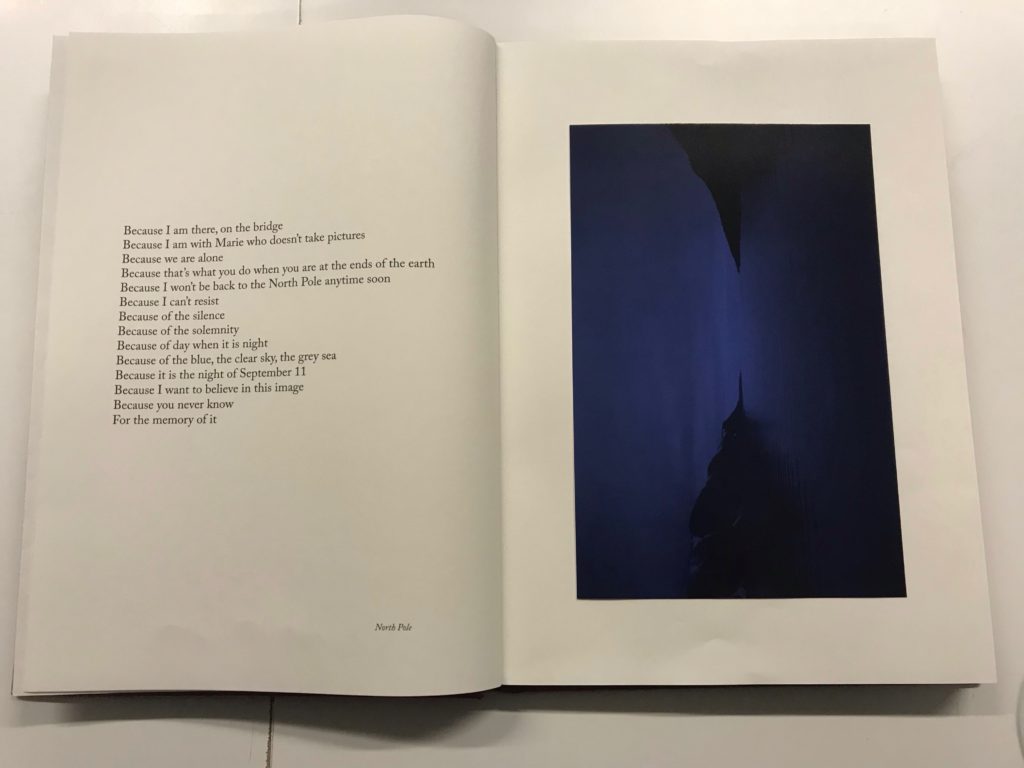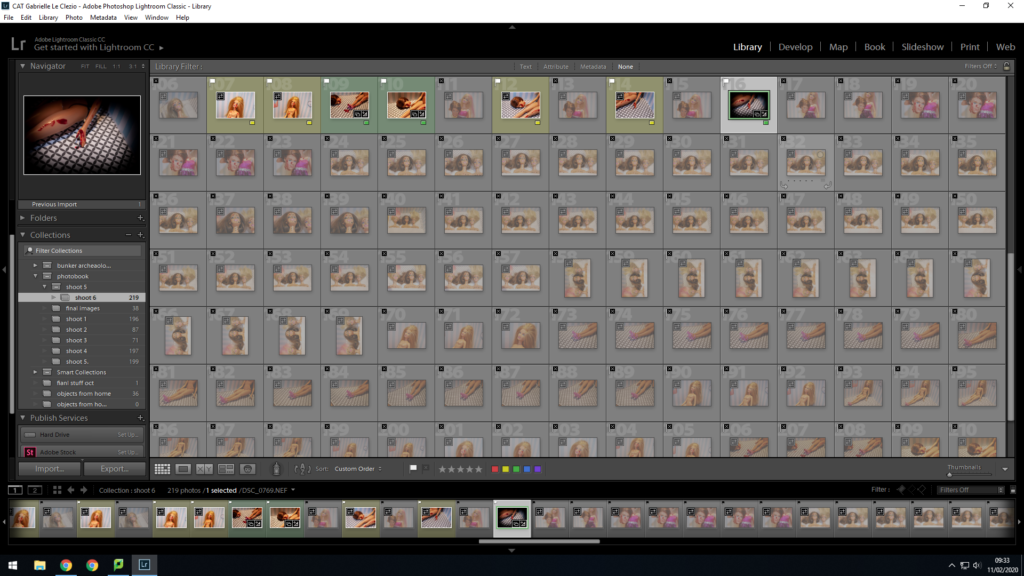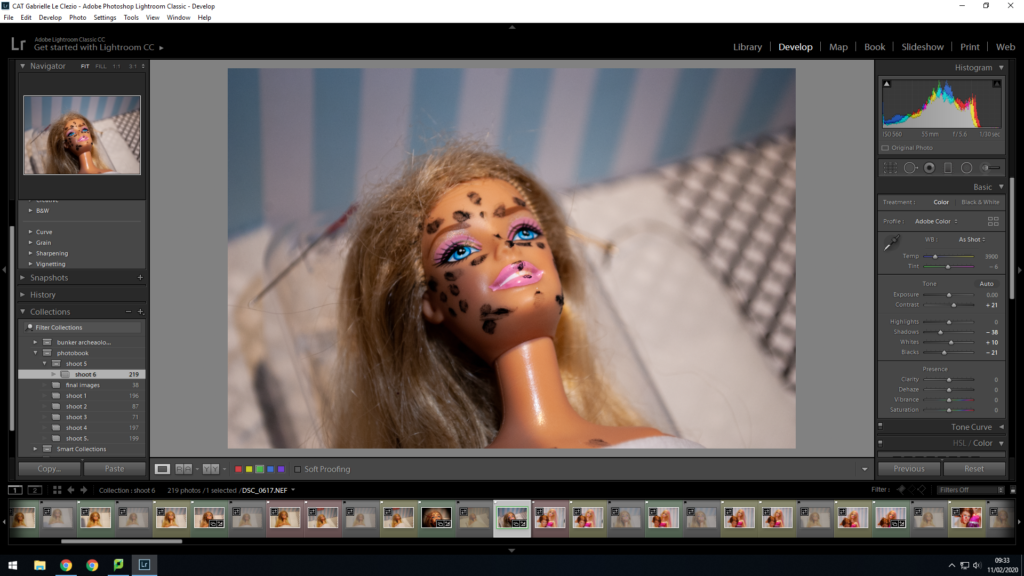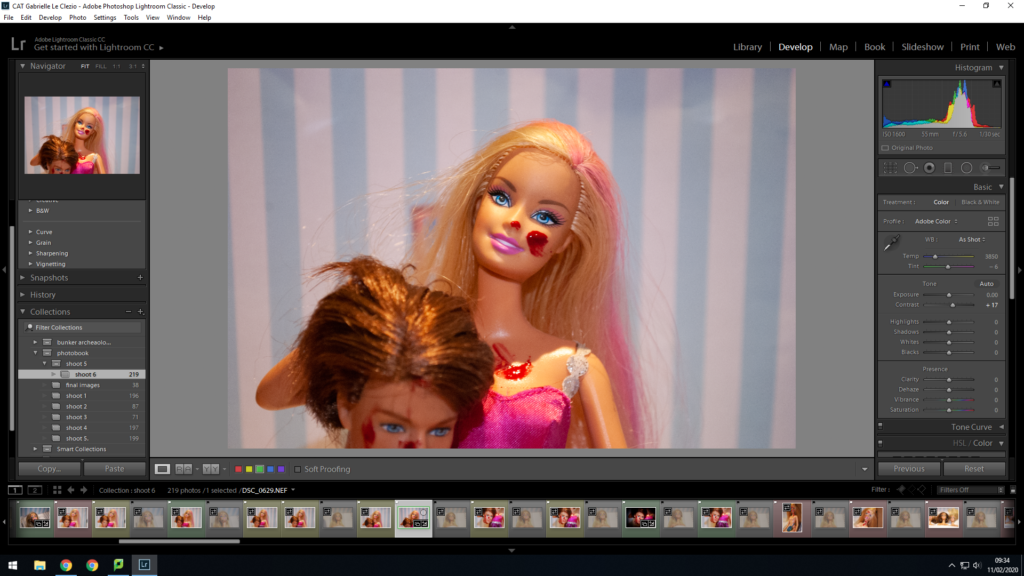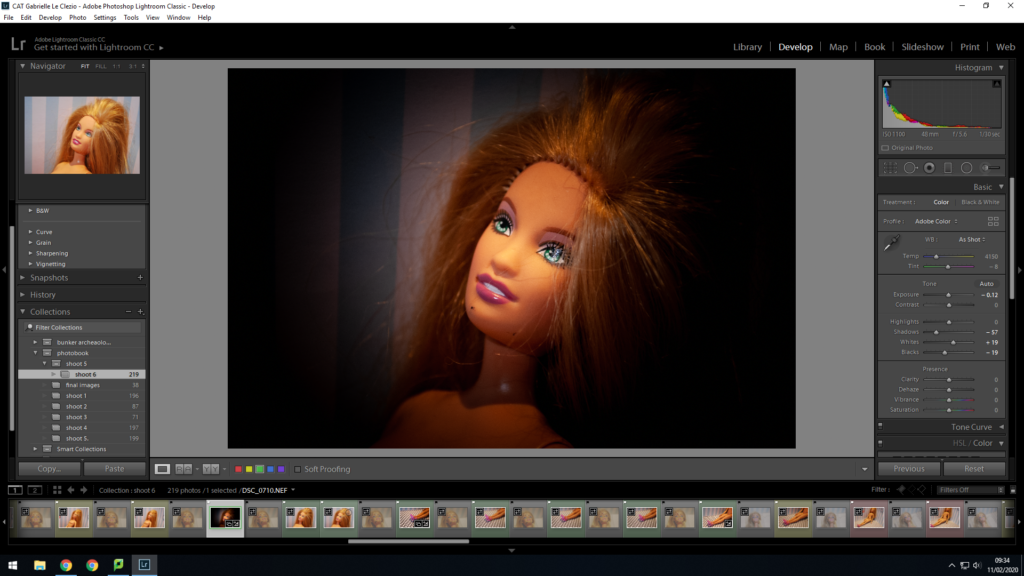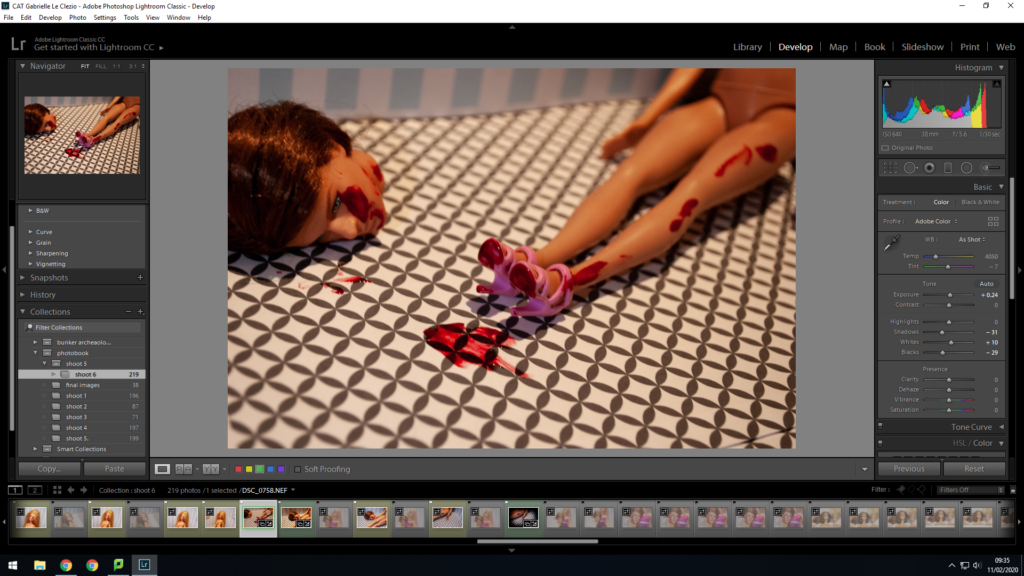Sophie Calle is a French photographer and writer. Her work frequently depicts human vulnerability and examines identity and intimacy. Her photographic work often includes panels of text of her own writing.
Contrary to other photographers who think that their photography work must explain itself, Sophie Calle’s position hiding the photographs inside the book is her intent. The text will affect the way in which the viewer will read each image but that isn’t necessarily wrong. Her work combines the text and images smoothly so that the viewer cannot prioritise one over the other. You could say the most important aspect is the story she tells using both elements in order to narrate.

The photo-book tells a story through an image of an idea that appears into her head. She tells us the reason or at least one reason why she captured the image. The photograph is then revealed later, hidden within Japanese binding. She reversed the relationship where individuals instincts are to look at the image and then read the words that accompany it.
The photo-book’s front and back cover has a silky quality that feels smooth to the touch. Depending on where the light hits, the colour changes from burnt sienna to gold. The photographer’s name Sophie Calle is displayed on a small card on the right side of the cover. It’s unusual how the title of the photo-book Because isn’t displayed on the front, however there is a short poem which gives the viewer insight on what to expect inside.
All the pages within the photo-book have the same design and layout. In each piece, a felt curtain embroidered with Calle’s writing conceals a hidden photograph behind it. Presenting the viewers with the text before the image is an unusual order in which images are read. This aspect has intrigued me since it creates a poetic surprise.
All the images that are hidden within the pages are in colour. The photographs presented in the photobook are either landscape or portrait and they all vary in different sizes. There are 72 pages with 32 photographs inserted between the pages of the book. Behind each image is the title she gave each image
The title Because is intriguing since each poem she presents alongside the image has the word because somewhere within the poem. She either uses it once or several times. Calle uses this word to explain to her viewers on why she captured the image.

